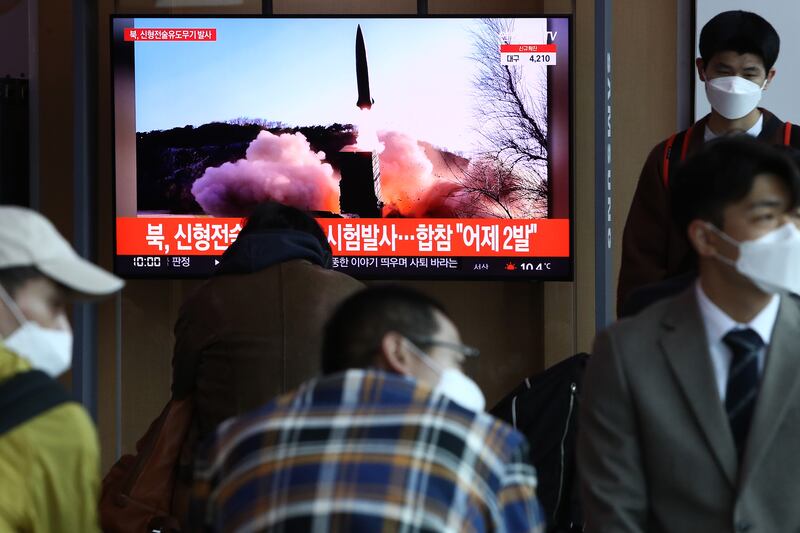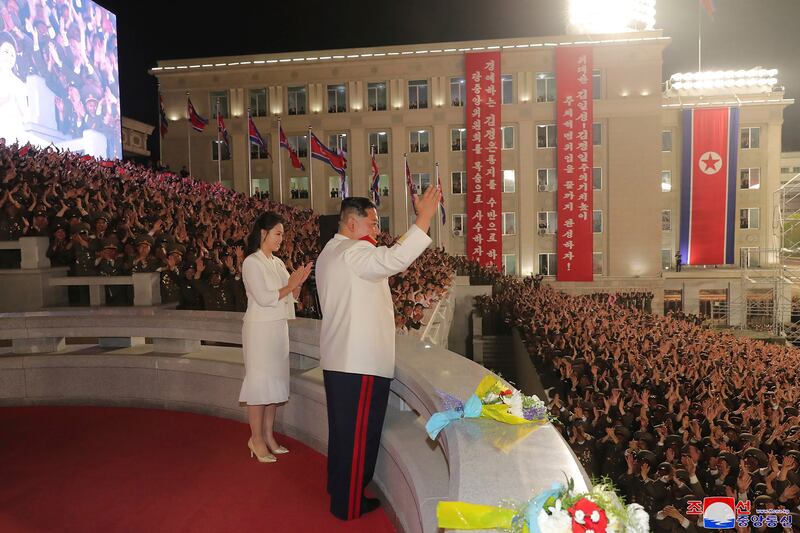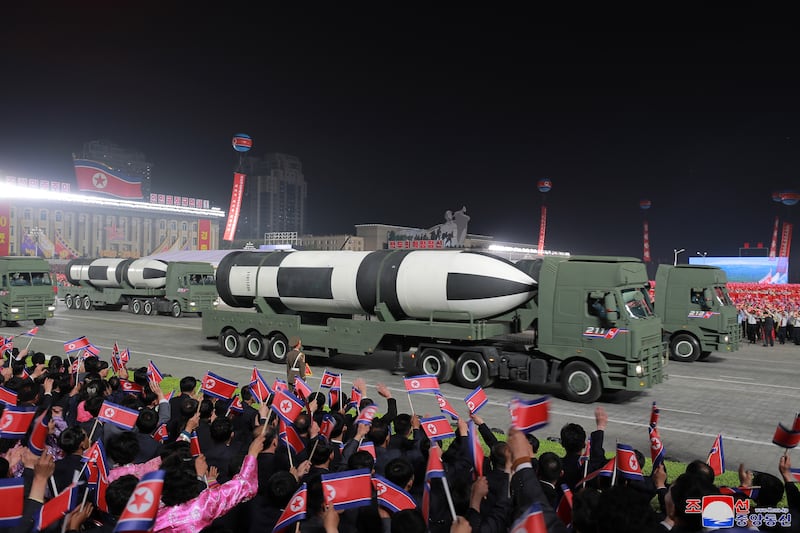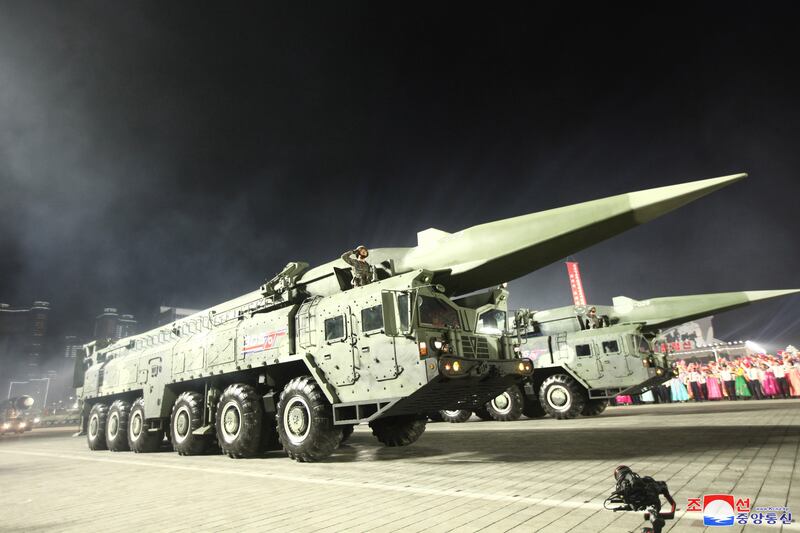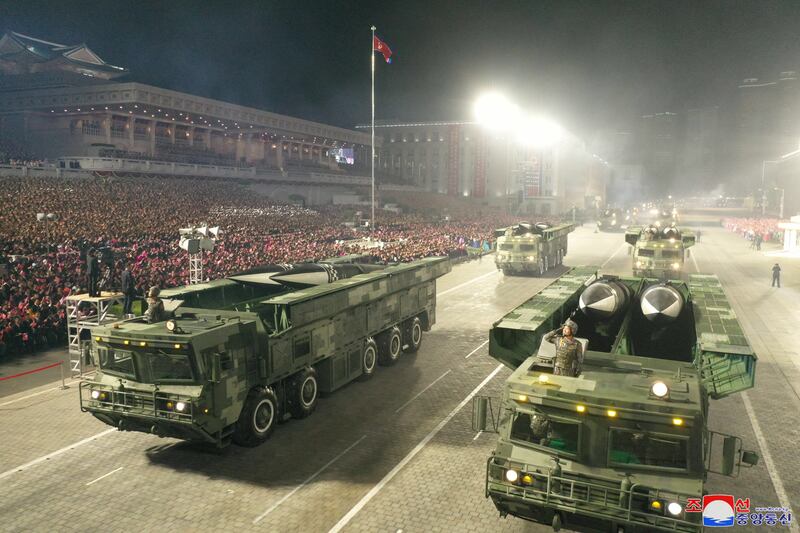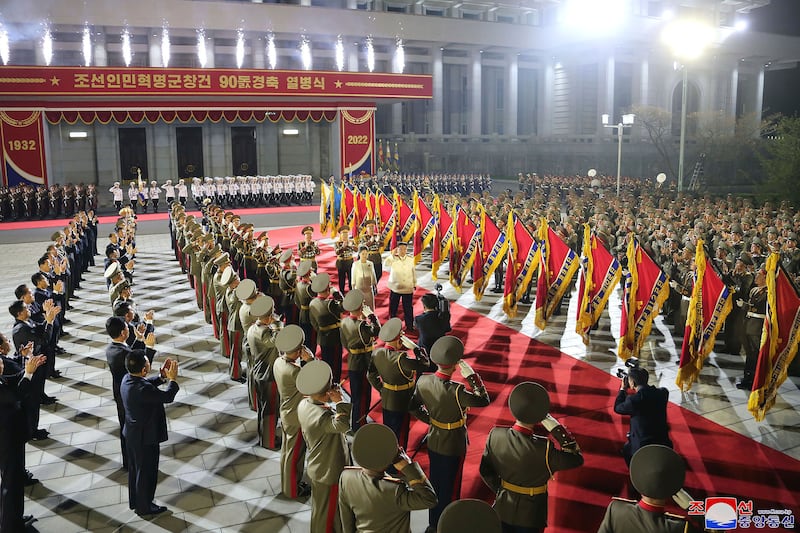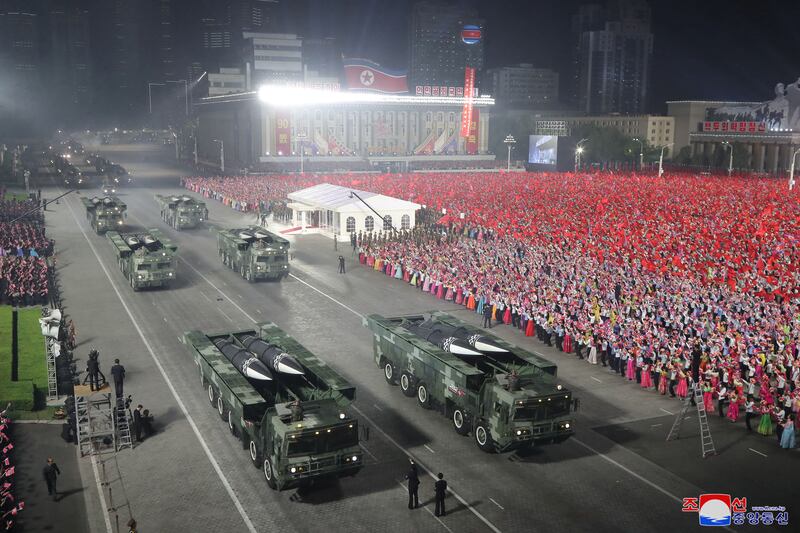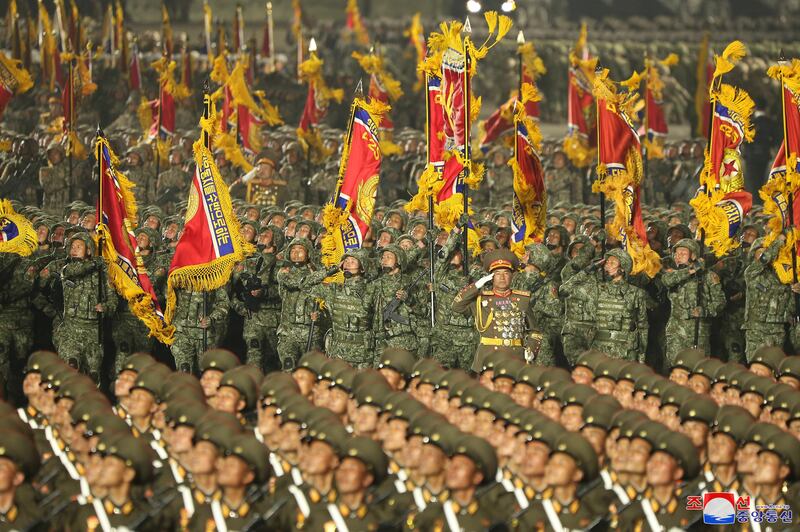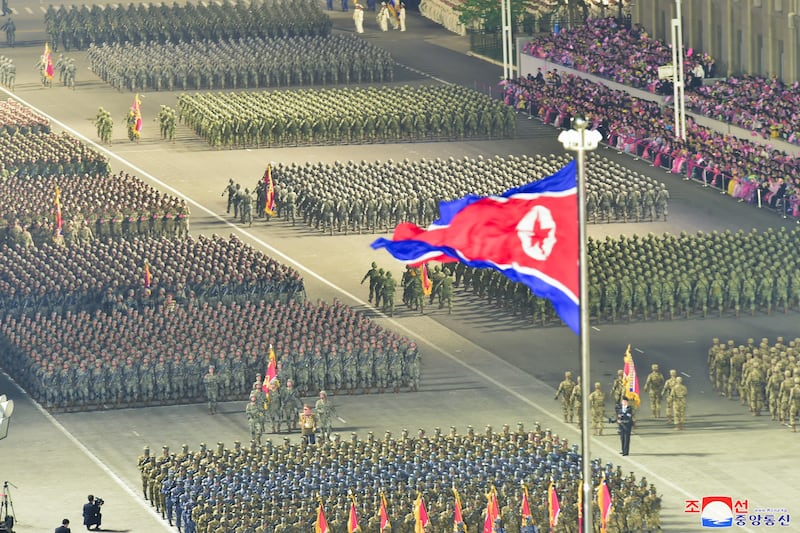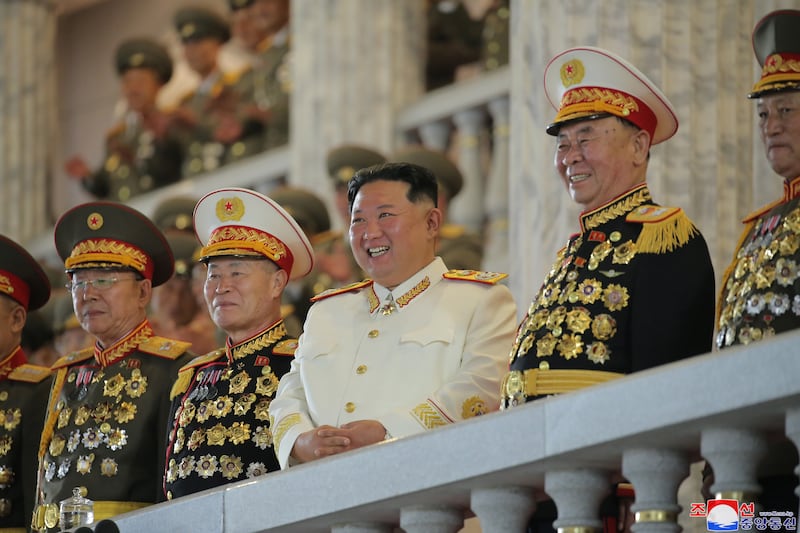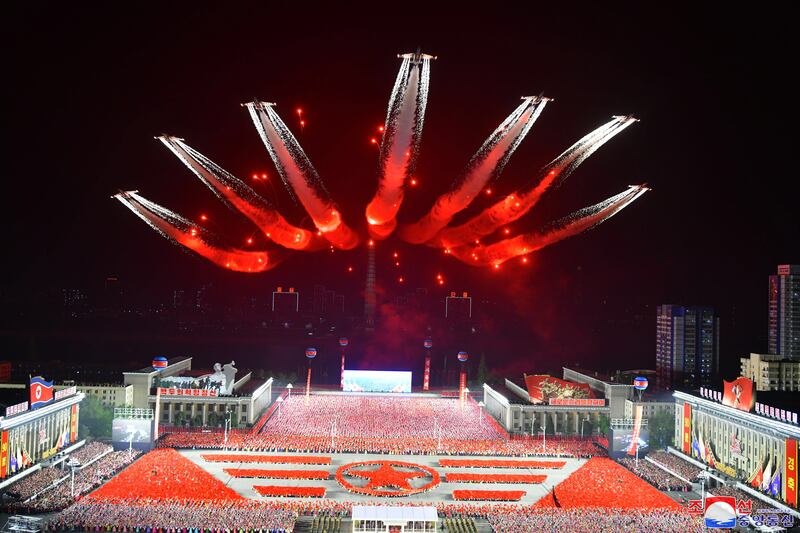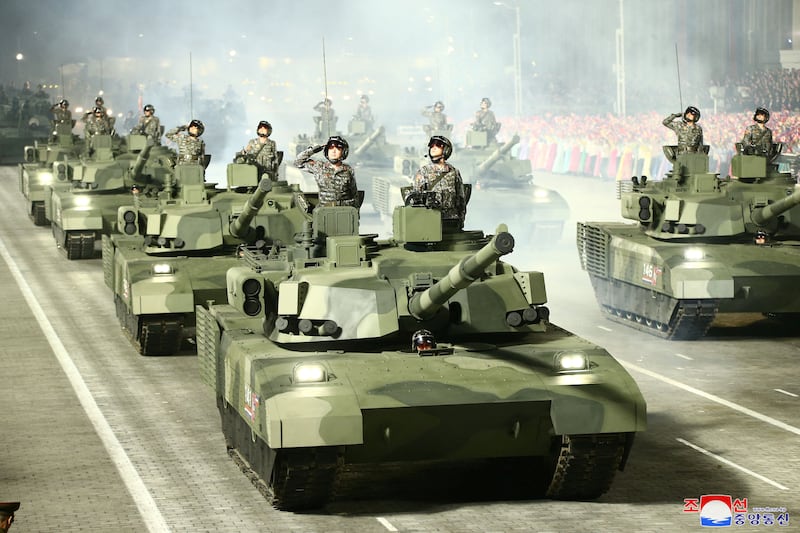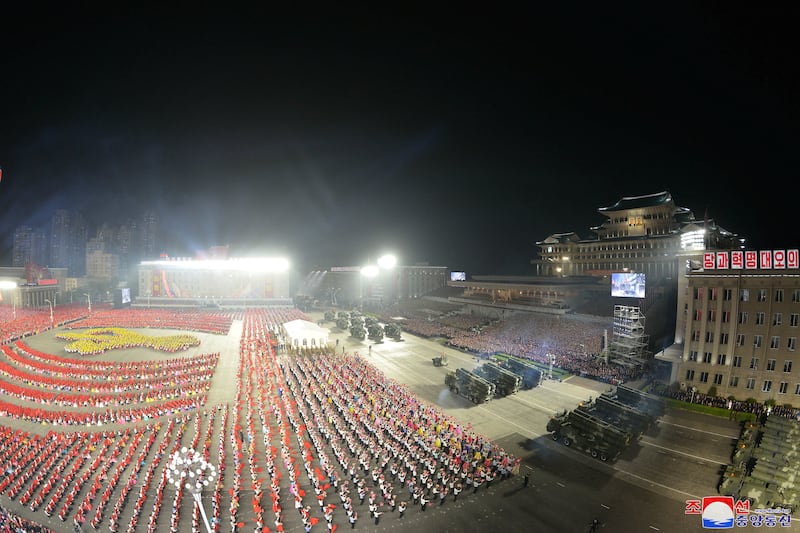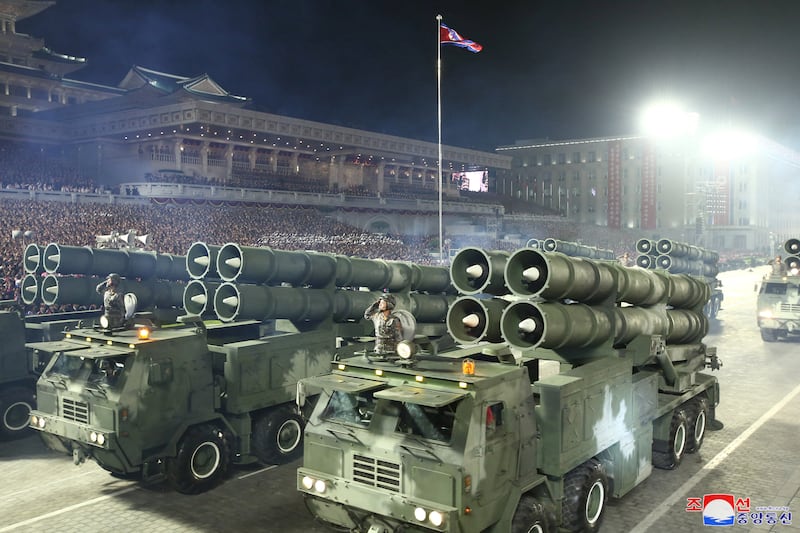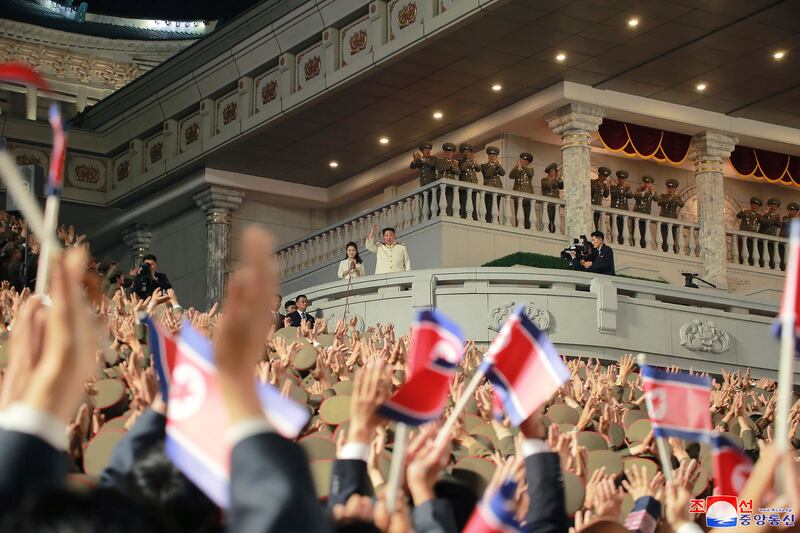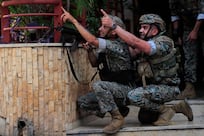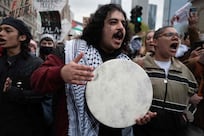North Korea’s decision this week to conduct yet another test-firing of its ballistic missile arsenal may have been intended to send a warning to South Korea, as the latter prepares to inaugurate its next president.
But, with the West at the moment focused on trying to limit global conflict following the outbreak of the Ukraine war, Pyongyang risks increasing tensions with the US over its confrontational attitude towards its western-backed neighbours in East Asia.
The missile #, which comes a week after Pyongyang said it wanted to develop its nuclear capabilities “at the fastest possible speed”, was fired from the Sunan district of the North Korean capital at about 12.03pm local time, according to a statement issued by South Korea’s Joint Chiefs of Staff (JCS). The test was also confirmed by the Japan Coast Guard. The missile flew for 470 kilometres, reaching a top speed of Mach 11 and reaching an altitude of 780km, before crashing into the sea between North Korea and Japan. The JCS provided no further detail on the type of missile.
The launch is Pyongyang’s 14th weapons test this year, and it comes less than a week before South Korea’s newly elected president, Yoon Suk-yeol, is due to be sworn into office.
Last month, North Korea tested its first intercontinental ballistic missile since 2017 as it seeks to ratchet up the diplomatic pressure on its neighbours and the US. Western security officials have reported a significant increase in missile tests in recent weeks. The high frequency suggests that the North’s leader, Kim Jong-un, is seeking to advance his missile and nuclear capabilities as well as to gain diplomatic leverage.
Despite former US president Donald Trump’s high-profile attempts to break the long-standing deadlock between Washington and Pyongyang, culminating in the 2018 Singapore Summit between the two leaders, talks have stalled. And now, with Mr Yoon due to take over from a decidedly more dovish Moon Jae-in next Tuesday, concerns are growing that the arms race between the two Koreas will intensify as the new incumbent seeks to adopt a more robust approach to dealing with his northern neighbour.
The election of Mr Yoon, who is known to take a more hawkish stance on relations with the North, on March 9 sent a clear signal to the region that, under his leadership, there would be a significant change in Seoul’s policy. Indeed, South Korea is expected to move even closer towards its treaty ally, the US, while defining North Korea as a major adversary.
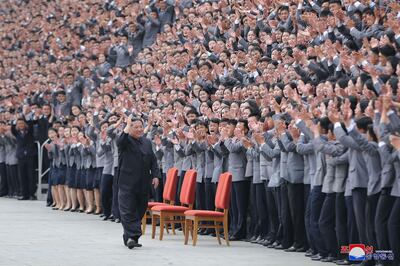
During his election campaign, Mr Yoon pledged that his administration will strengthen the South Korea-US military alliance by increasing joint drills. He is now expected to meet US President Joe Biden in Seoul on May 21 to discuss how to deal with Mr Kim’s growing military threat. Mr Yoon has also called for a more vigorous enforcement of sanctions against North Korea. And, in one of his more provocative comments, he has even raised the prospect of launching pre-emptive military strikes against the North if the threat posed by Mr Kim’s nuclear arsenal becomes too great.
The prospect of a more hawkish administration in Seoul has certainly had a sobering effect on Pyongyang. It helps to explain the sudden upsurge in missile tests, clearly designed to intimidate South Korea and Japan, also a treaty ally of the US.
In North Korea’s previous missile test, on April 16, state media reports said that Mr Kim had personally supervised the launch of a “new-type tactical guided weapon” to improve its “efficiency in the operation of tactical nukes". In March, North Korea launched its first intercontinental ballistic missile test since the Trump-Kim summit in 2017.
The upsurge in tests is seen by western intelligence officials as reflecting Mr Kim’s determination to adopt a more aggressive nuclear doctrine, with the leader promising during a night-time military parade in Pyongyang last month to expand his nuclear arsenal. And while Mr Kim insists his nuclear weapons are being developed as a “war deterrent”, he has also stated publicly that he is prepared to use them “if any forces try to violate the fundamental interests of our state".
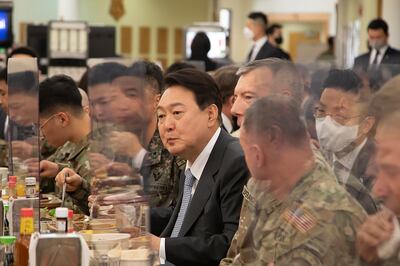
There has certainly been a noticeable change in the North’s approach since the Trump administration’s efforts to strike a deal with Pyongyang collapsed without an agreement in Vietnam in 2019. Since then, Mr Kim has vowed to double down on weapons development. He also resumed testing a variety of new missiles, some of them short-range, solid-fuel ballistic missiles that experts say are designed to deliver conventional and nuclear warheads to South Korea and Japan as well as to US military bases in the region.
Mr Kim, however, has not chosen the best time to escalate tensions in East Asia, as it comes at a moment when the West’s resolve to address the issue of nuclear proliferation has strengthened in the wake of the Ukraine conflict. The constant references made by Russian President Vladimir Putin to Moscow’s nuclear capabilities has focused attention on the threat posed by these weapons. The result is that there is now a renewed interest in preventing their spread.
The desire to prevent Iran from acquiring nuclear weapons, for example, is the primary reason the Biden administration has been willing to resume talks with Tehran on reviving the 2015 deal.
Furthermore, in the current global security climate where the emphasis is on limiting the spread of such weapons, Mr Kim’s insistence on developing North Korea’s arsenal will inevitably put him on a collision course with the West.
